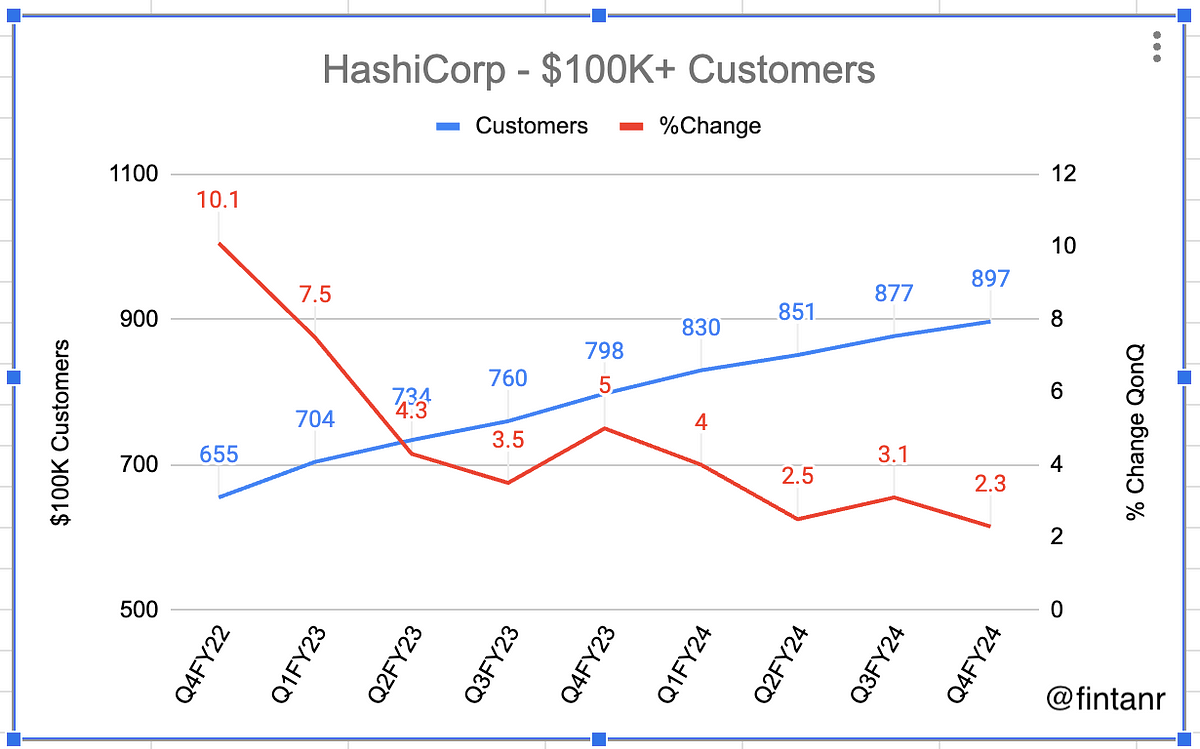
Manufacturing: ASEAN vs China
Globalization has changed the ways how supply chains are managed but has also increased risks. Southeast Asia is promising to be a major alternative for supply chains seeking to diversify their risks. But it will take time and a lot of investments for supply chains to reduce their reliance on production in China.
The population of ASEAN is about half of China, but is still bigger than that of the EU, or the US, Mexico and Canada combined. Low labor costs come as an advantage. The minimum wages in the Philippines, Vietnam or Indonesia is lower than that in China. A mid-level skilled worker in Thailand or Malaysia is also a lot cheaper to hire than an equivalent in China.
Another advantage to start production in ASEAN comes from free trade. ASEAN has also signed FTAs with China, Japan, South Korea, India, Australia and New Zealand. Notably, Vietnam and the EU agreed to abolish 99% tariffs on goods, starting 2020. Regional Comprehensive Economic Partnership (RCEP) also plays an important role in initiating free trade between ASEAN and China. In the future there will be more free trade agreements to lay eyes on, as the Southeast Asian countries open up borders.
ASEAN's geographical proximity to China is another great advantage that cannot be ignored, especially Vietnam. According to experts in logistics, goods dispatched from Dongguan in southern China at 6pm on Monday can arrive at the China-Vietnam border by 9am the next day and at the industrial parks in northern Vietnam by 10pm; then reach Bangkok's industrial zones on Thursday and northwestern regions in Malaysia on Friday.





















